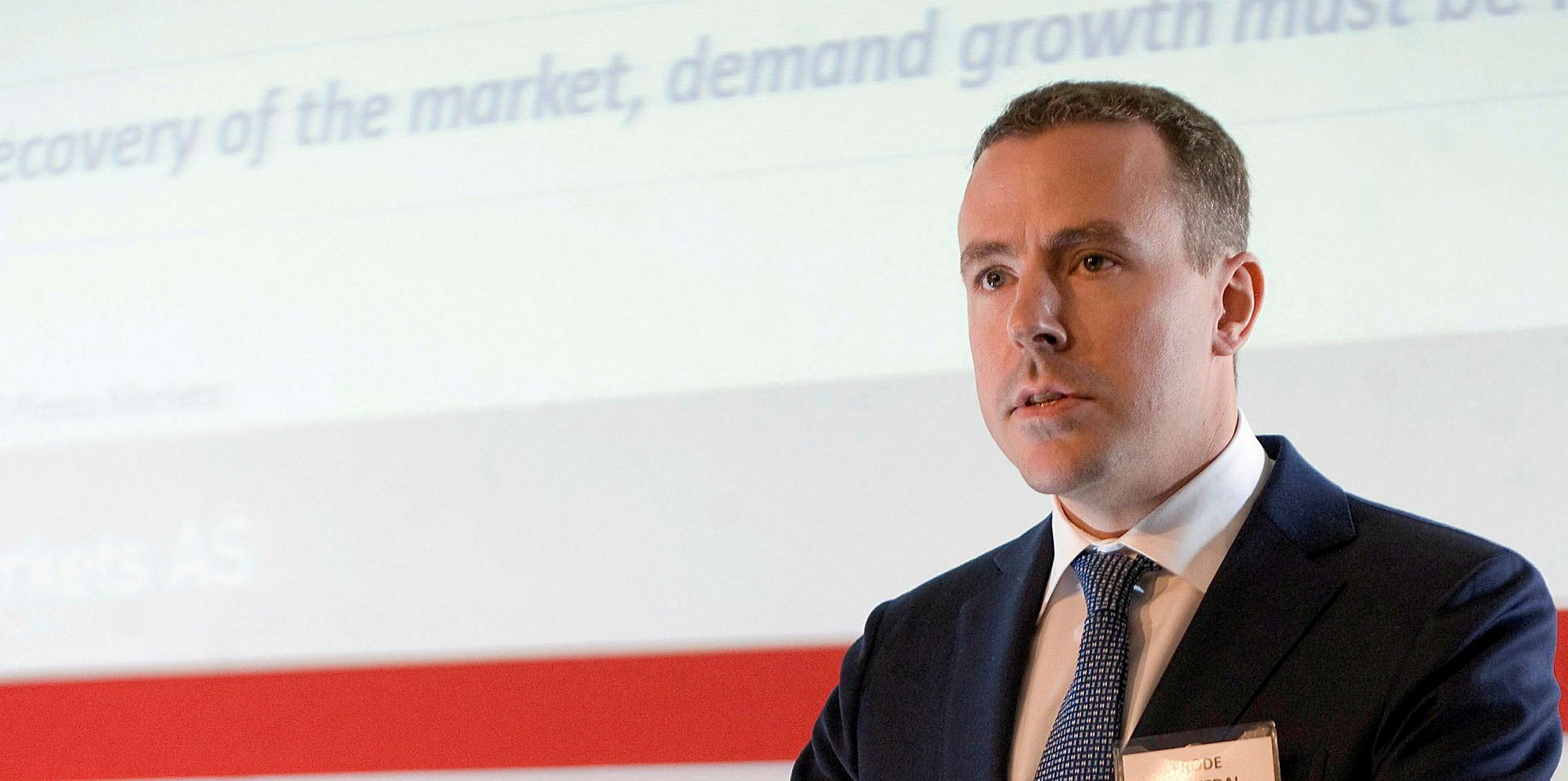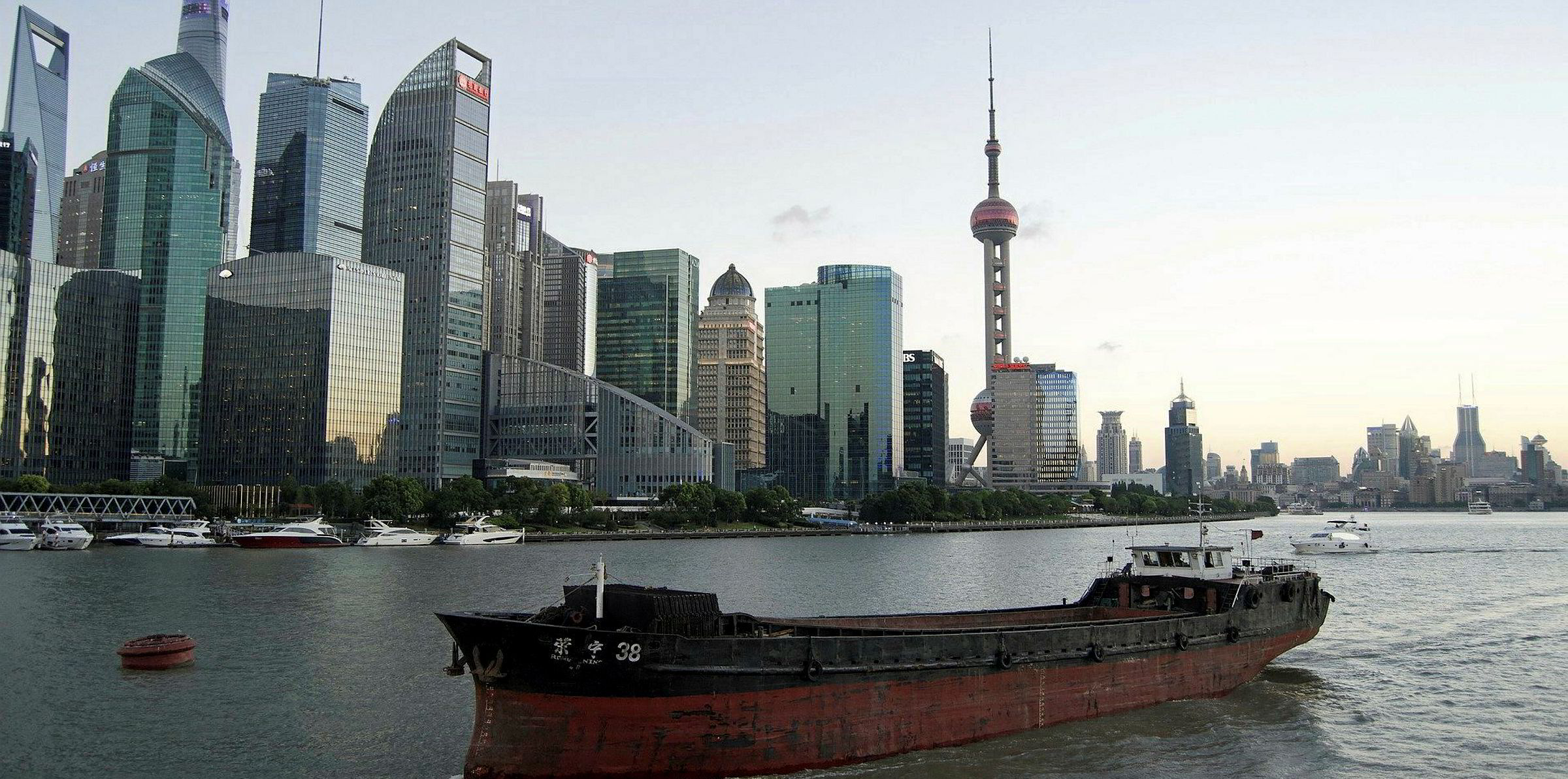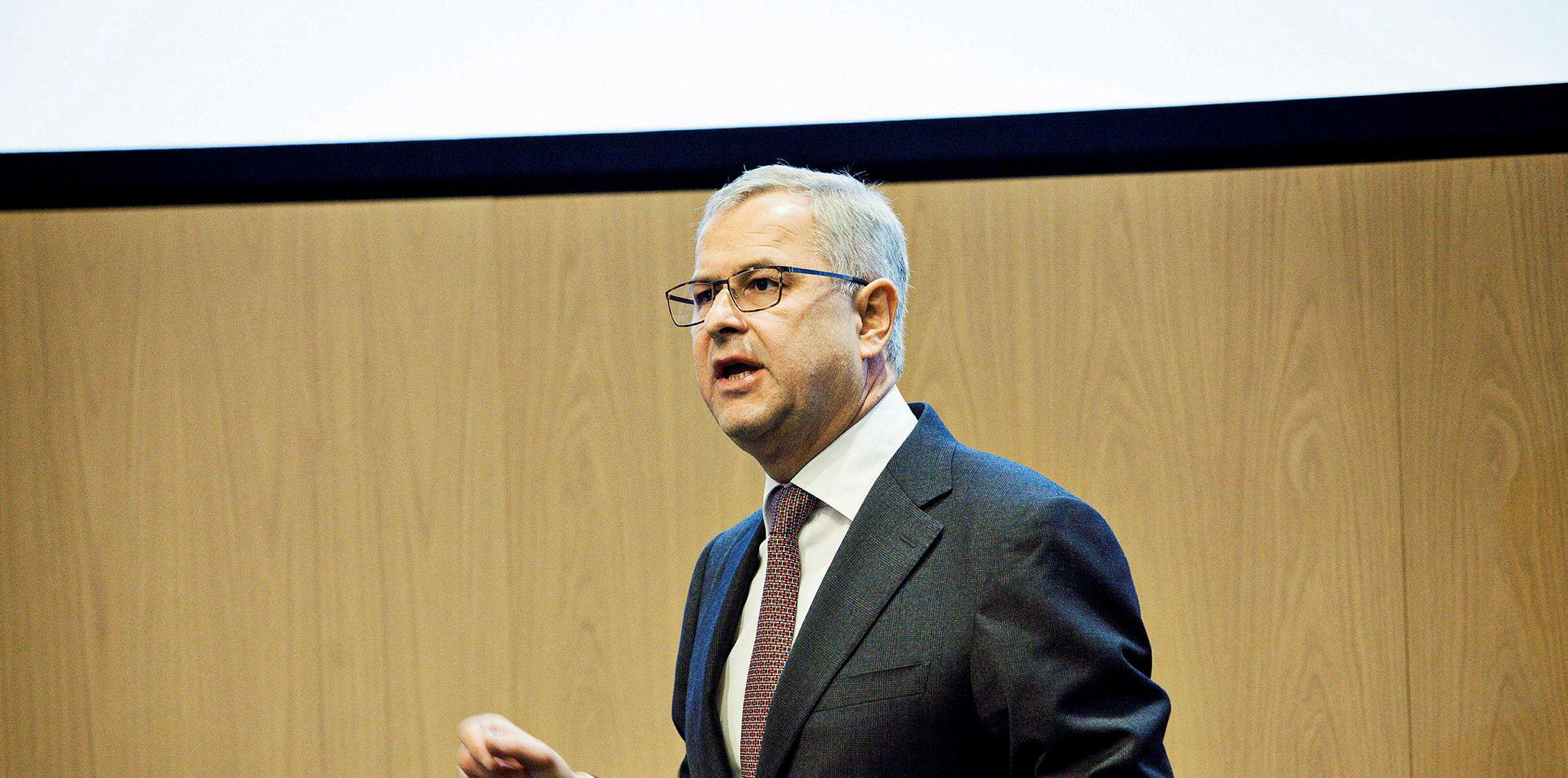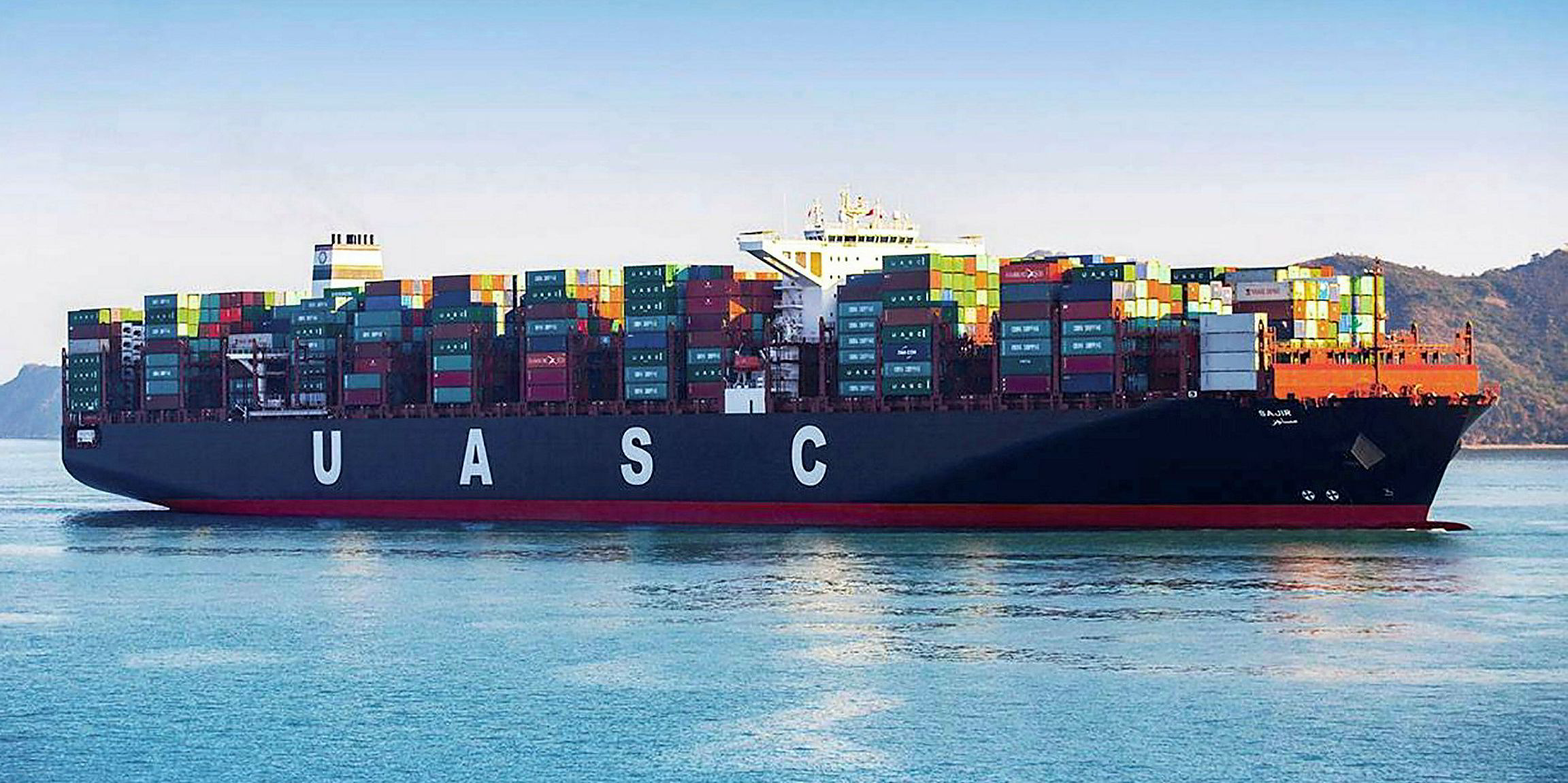Clarksons Platou has bucked the trend of positive forecasts for the liner sector following AP Moller-Maersk's profit forecast hike this week
Investment banks like Fearnley Securities and Jefferies responded positively to the news that the Danish giant is now expecting to make up to $1bn more than previously thought this year.
And Goldman Sachs and Moody's Investors Service have also given the group glowing write-ups in recent weeks.
But Frode Morkedal, managing director of equity research at Clarksons Platou Securities, was more cautious.
"The full year guidance was, in our view, lifted less than what one should have expected given the currently strong spot rates," he added.
"We believe this could mean Maersk assumes a normalisation of rate levels in the fourth quarter."
Growth priced in
The full-year guidance implies that Ebtida in the final three months will be between $1.9bn and $2.4bn.
Although consensus is at $1.8bn, the stock market has likely priced in higher expectations, Clarksons Platou said.
"This means that despite record spot rates for much of October, the fourth quarter is expected to be below the third quarter, which in our view implies that Maersk expects a sharp normalisation of rate levels during the fourth quarter," the investment bank added.
Third quarter Ebitda is now expected to hit $2.4bn, 20% above consensus.
Morkedal said that, given the strong volume development, with cargo levels said to be down just 3% year-on-year in the third quarter, he was "surprised" the forecast for the three months from July to September was not higher.
"Put differently, the stronger than expected volumes implies that the average achieved freight rate in the third quarter is lower than expected," the analyst added.
Maersk's stock valuation is viewed as "fair but not particularly attractive any more," according to Clarksons Platou.
"We believe the 2021 outlook is now much more important for the stock."
Reasons for caution
Morkedal explained there are reasons to be cautious about 2021 as it appears 2020 trade developments are significantly higher than expected, implying inventory build-ups and a temporary changed profile to consumer spending.
Because of the pandemic, people are reportedly spending more of their salaries on physical goods since spending on many services is not available, he added.
"In our view, this could mean that there is a risk that 2021 trade growth could be lower than expected if consumers start buying more services than physical goods again once the virus is under control," Morkedal said.
After the pandemic dies down, Clarksons Platou believes port productivity could increase further, reducing waiting time and increasing vessel supply.
Delays suppress fleet growth
Net fleet growth has also been lower than expected in 2020 as deliveries were delayed. The orderbook for 2021 implies an increase in the fleet growth next year, the investment bank said.
Putting all this together, 2021 could potentially become weaker than 2020, Morkedal concluded.
"It’s uncertain times and hard to have high conviction at the time being with still-record spot rates implying strong momentum for the rest of the year, although we believe the updated guidance from Maersk implies that this momentum could now slow," he added.
Fitch Ratings has issued a more positive reading of the sector, however.
The company said spot container freight rates have been driven up in recent months by shipping companies' supply discipline, despite a decline in demand at the start of the coronavirus pandemic.
"Global shipping companies' financial performance has been improving as a result. We expect healthy freight rates to continue in the short term, although potential pressures from trade protectionism and resulting localisation of supply chains, weak economic recovery and slipping supply discipline may affect rates in the longer term," the ratings agency said in a report.
Alliance discipline
Consolidation has been the key factor behind improved supply discipline in the sector, Fitch argued.
The three largest alliances now account for about 80% of the global market. They have maintained low orderbook levels of about 10% of the existing global fleet during the current crisis, compared to about 60% in 2007.
The largest companies reduced available shipping capacity by more than 13% during the second quarter, to meet an 11% decline in global demand, according to German owner Hapag-Lloyd.
As a result, freight rates have been growing since June, accelerating in August as demand improved, and reaching record levels in October.
There has been a sharp growth in transpacific rates, which almost tripled from 2019.
"The industry's profitability could be one of the highest in 2020 if container liners continue to maintain capacity discipline, given that order books are fairly small. We expect good levels of free cash flow generation this year, which shipping companies are likely to use to reduce debt, which will improve their credit metrics," Fitch said.








